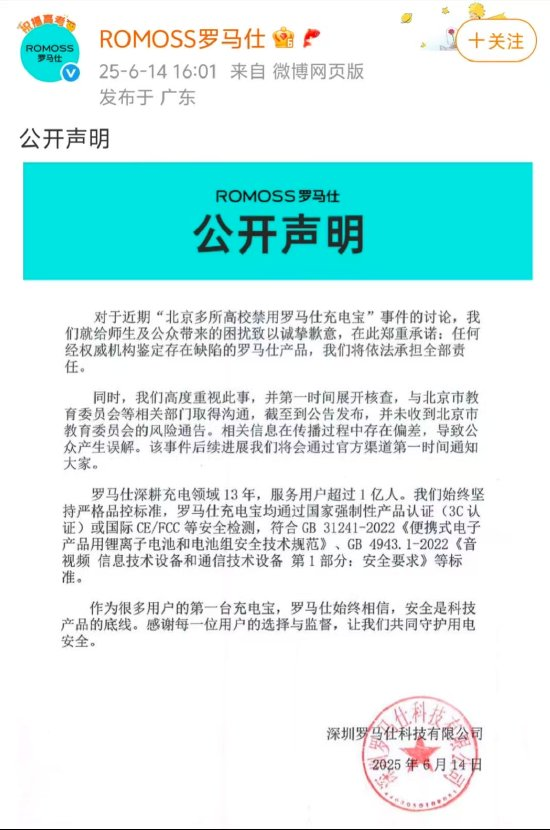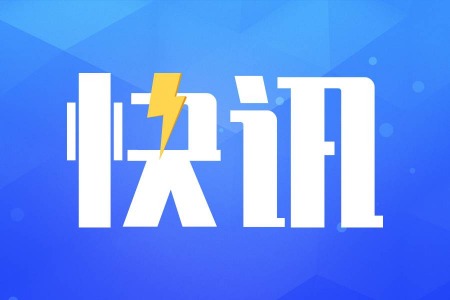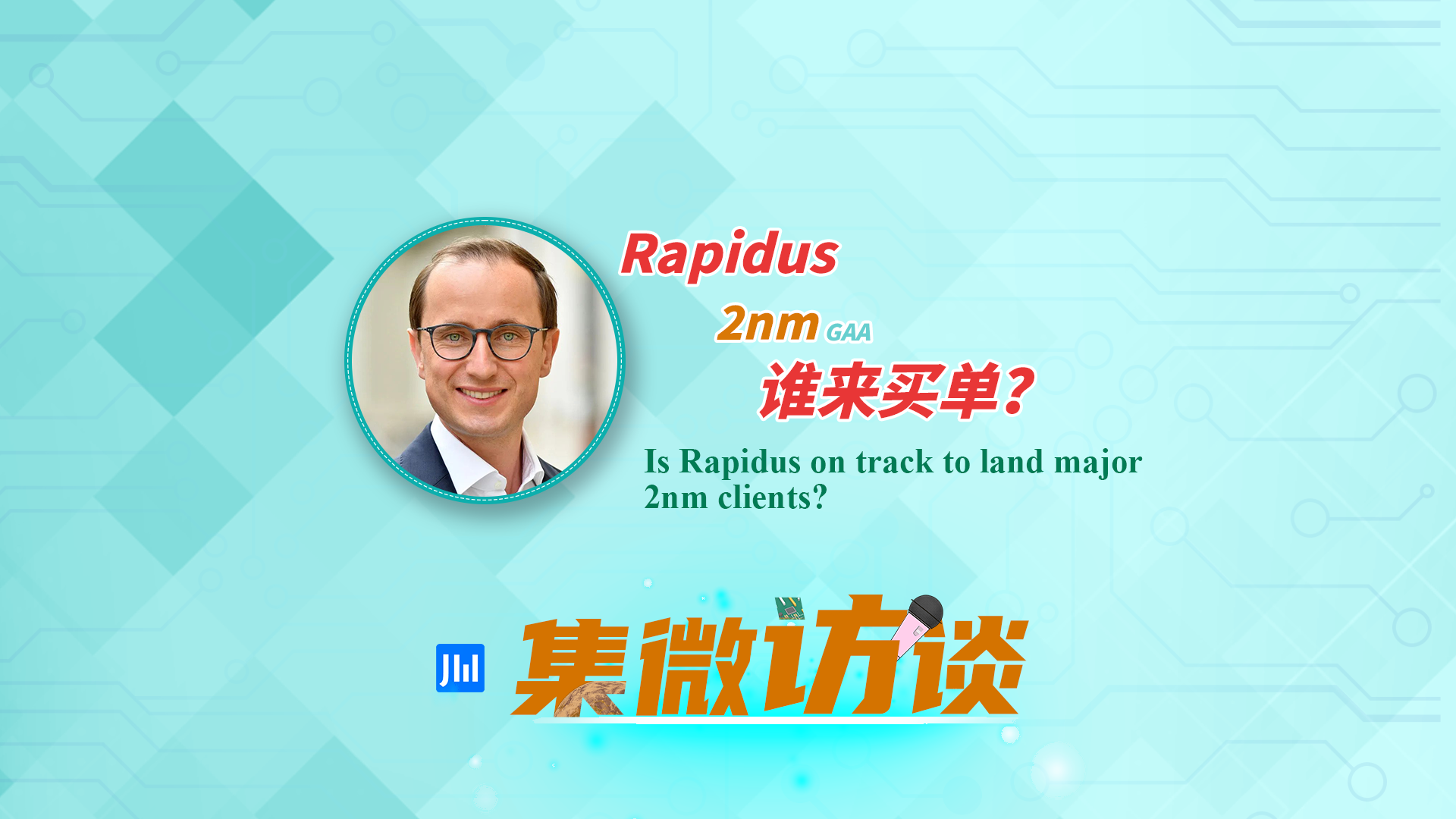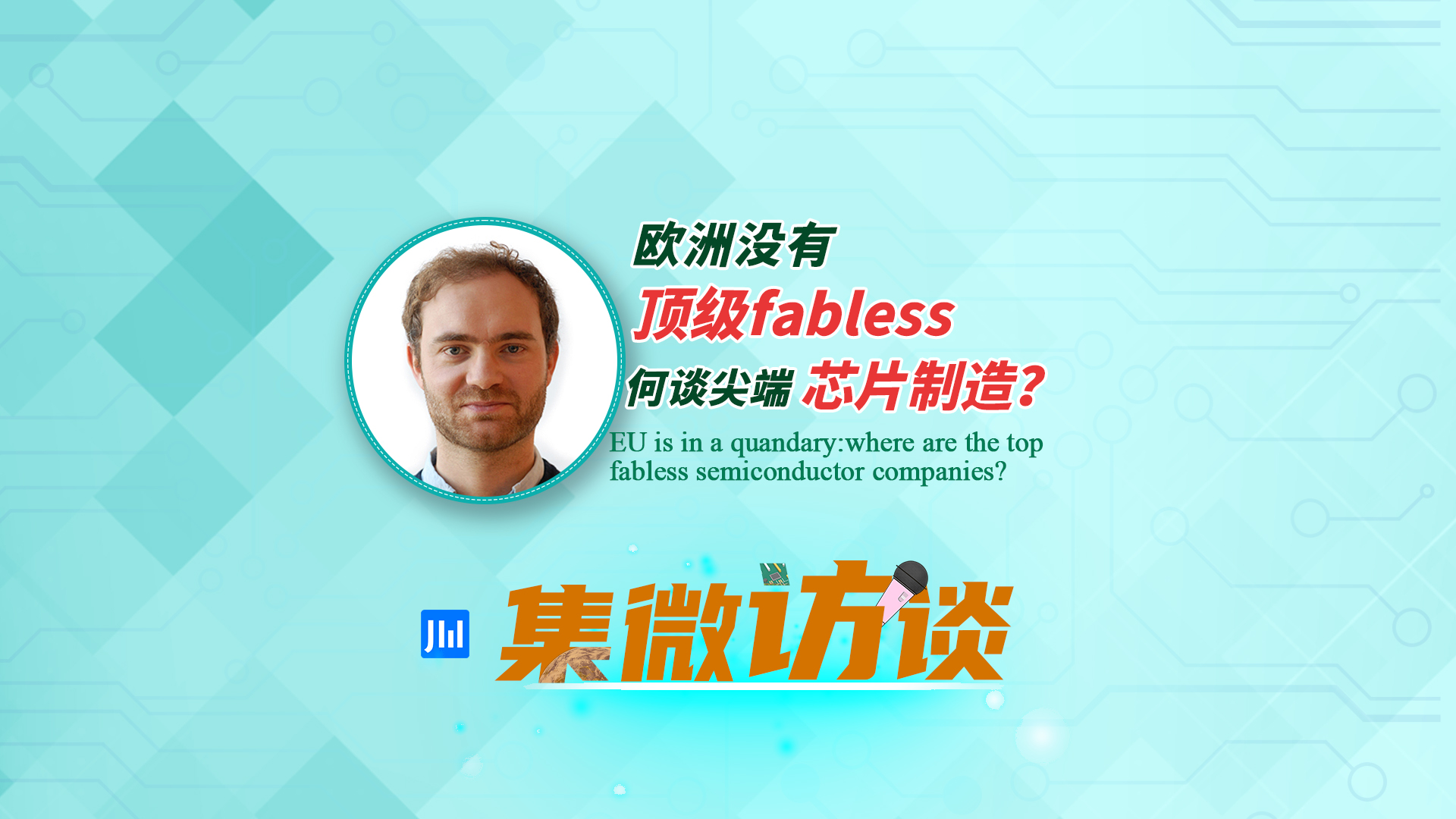Editing by Li Panpan
After Huawei’s IC subsidiary HiSilicon lost high-end security chip market share, existing Chinese companies stepped up their game, and new players joined to go after the exploding opportunities in the AI-enabled security equipment market. The market is in the critical period of improving from high-definition to intelligent development, with unprecedented demand for AI SoC.
This is what JW Insights senior analyst Huang Rengui wrote in his latest article on the industry and its players. More excerpts from his article:
China is the world’s largest market in the security industry and a global leader in related technologies and applications.
According to IHS statistics, 4.1 people owned a camera in 2019 in China, further shortening the gap with developed countries such as the United States (4.6 people/per camera) and the United Kingdom (6.5 people/per camera).
Gartner statistics show that the global shipment of surveillance cameras in 2019 numbered about 430 million and is expected to grow to 850 million by 2022, with more than 45% from the Chinese mainland, the world’s largest single market.
Security equipment such as facial recognition access control and mobile devices also have a huge demand for AI SoC chips. With the global trend of intelligence, the security industry is leading a new round of technological revolution as an area of AI application. The massive demand for chips behind it will also bring new opportunities and challenges to various IC companies.

Huawei-owned IC company HiSilicon(海思) is one of the best players. Its chips once occupied 70% of the market share in IPC and 90% of the market share in back-end storage. Its products had taken up a very high market share in China and shipped large amounts to overseas markets. With well-known security companies such as Hanwha Techwin (formerly Samsung Techwin) as its customers, HiSilicon was once the largest chip supplier for security cameras in the world.
However, due to U.S. sanctions and geopolitics changes, HiSilicon lost its market share, creating a severe shortage of especially high-power AI SoC chips.
Other Chinese chip suppliers, such as SigmaStar(星宸科技), Goke Micro(国科微), Ingenic(北京君正), Fullhan(富瀚微) have also released products based on the H.265 next-generation standard. However, HiSilicon has a complete product line with a better product layout, while those suppliers mainly focus on cost-effective products, gaining relatively limited market share.
After HiSilicon’s shipments plummeted, Chinese chip suppliers in 2021 couldn’t meet the market demand. Hence, a new round of competition started.
Rockchip(瑞芯微), Allwinner Technology(全志科技), Amlogic(晶晨股份), Intellif (云天励飞) and other companies with security chip R&D and supply capabilities have accelerated their market expansion; Artosyn (酷芯微) and Eeasy Tech (亿智电子)have also entered the market with products for the high-end market.
As of the end of 2020, HiSilicon still occupies the largest market share of IPC SoCs, about 30%, followed by SigmaStar with 25%, Fullhan with 17%, Ingenic with 12%, and others combined with 15%.
In the low-end market, products such as SSC339G/SSC338G launched by SigmaStar and FH8856 by Fullhan in 2019 can replace Hi3516DV300 of HiSilicon.
The chip SV826/SV823 by Eeasy Tech in 2021, RV1109/RV1126 by Rockchip can also replace HiSilicon’s Hi3516DV300/Hi3516AV100 and other products.
In terms of mid-to-high-end products, Rockchip’s RK1808, Ingenic’s T30/T31, and Artosyn’s AR93 series are all qualified substitutes.
However, in the high-end segment, there are still fewer alternatives.
In 2020, the global shipments of IP cameras (IPC) numbered 143 million, which will increase to 200 million by 2023, with a compound annual growth rate of 21.82%. Omdia’s analysis shows that the number of global AI cameras will account for 64% of all IP cameras in 2025; China will become the fastest-growing market for AI cameras globally, with a penetration rate increasing from 10% in 2019 to 63% in 2024.









